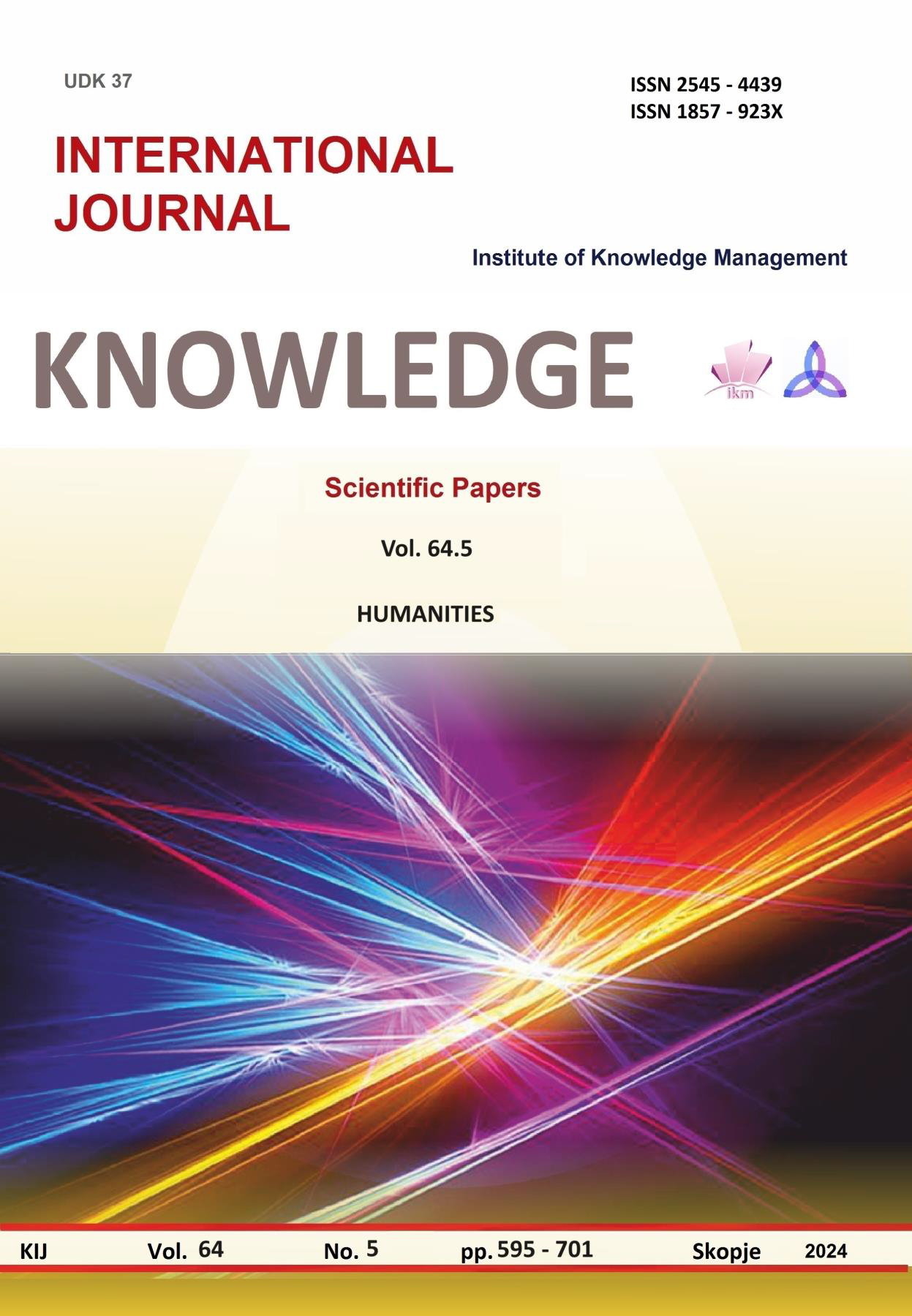LONDON'S MULTICULTURAL DYNAMICS: FAMILY AND COSMOPOLITANISM IN ZADIE SMITH'S WHITE TEETH
LONDON'S MULTICULTURAL DYNAMICS: FAMILY AND COSMOPOLITANISM IN ZADIE SMITH'S WHITE TEETH
Author(s): Sezen IsmailSubject(s): Studies of Literature
Published by: Scientific Institute of Management and Knowledge
Keywords: multiculturalism;London;family;postcolonial novel
Summary/Abstract: Zadie Smith's first novel White Teeth has been interpreted as a metaphor for national unity in a multicultural society, suggesting that the layers of racial and cultural differences hold commonalities, like the “white teeth” that symbolize unity within the notion of diversity. Defined as a contemporary epic, the novel’s expansive and dynamic narrative reflects on Britain's postcolonial, Multicultural identity, examining the transformed reality of contemporary England. Critics address the novel’s postmodern variety of styles and genres that mirror the plurality that is characteristic for a multicultural society. Zadie Smith’s story and its narrative approach convey the complexity of a multicultural nation, pointing to the fact that old categorizations of race do not capture the true diversity of contemporary English society. Despite the multicultural perspectives, the novel also reflects on the powerful influence of historical and cultural legacies. Namely, the remnants of the past, be it the ancestral roots of individuals or the colonial past of England, hinder the emergence of a cosmopolitan multicultural identity. This paper aims to explore the notions of multiculturalism and national identity within the novel, through the family dynamics of the Jones’, the Iqbals, and the Chalfens. Through the interconnected stories of their relationships, the novel unveils a rich world in which conflict and cohabitation are textured through cross cultural fusion. London, the epitome for cosmopolitanism, is the setting that offers a space for critical exploration. The paper further aims at focusing on the family conflicts, that serve as an example of the struggle to balance the influence of the cultural and historical influences. It also suggests that fixed beliefs about race and culture problematize the ideal of cultural pluralism in postcolonial England White Teeth, does not simply depict a mosaic of cultures existing in their separate realms, it reflects on the dynamic space where integration, assimilation, privilege, and racism interact in complex ways. In addition, the paper provides two views to London’s multicultural reality: practical, as presented through the actions and interactions of the characters, and a theoretical, one that defines multiculturalism through an ideological framework. The novels depiction of the city integrates postmodernist elements to point out the challenges of a multicultural society that is evolving toward cohesion against the forces of disunity. The paper acknowledges a dual depiction of London which shows that the city is not a simple mosaic of cultures that live in harmony, yet it is a rather dynamic environment where privilege and oppression, racism and integration are interrelated. Smith’s London is not a mere passive environment, it is a potent source for new forms of cultural and political action. In this regard, the paper argues that such diverse settings offer opportunities to question and reshape social norms.
Journal: Knowledge - International Journal
- Issue Year: 64/2024
- Issue No: 5
- Page Range: 627-632
- Page Count: 6
- Language: English

